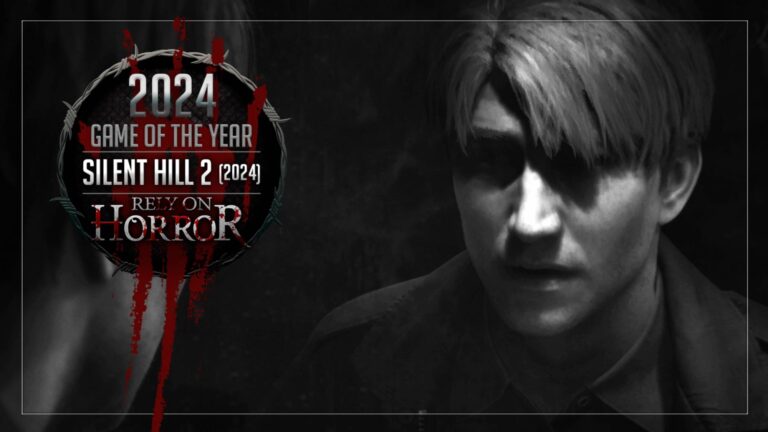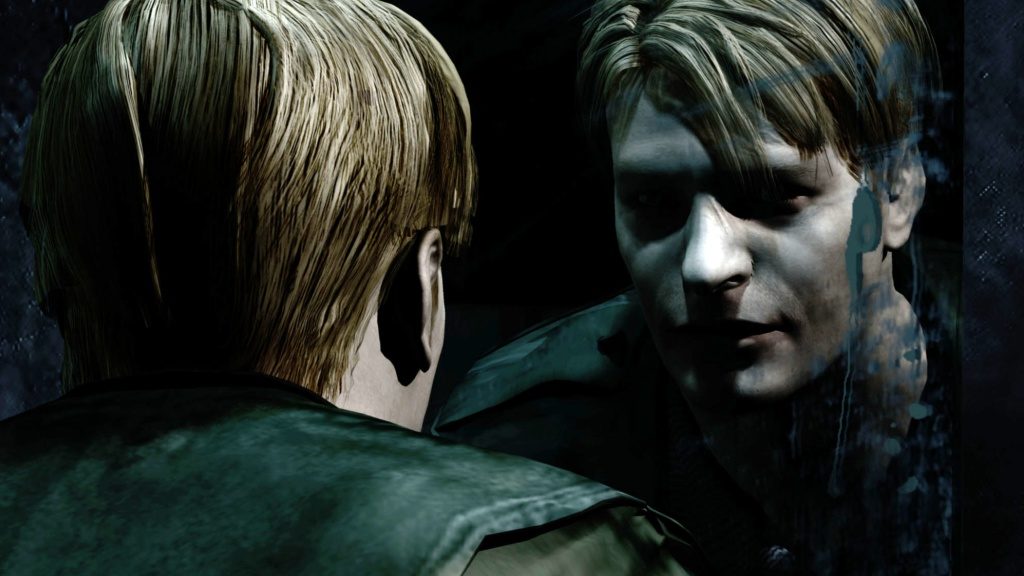
In recent years, Konami’s disdain for their own franchises has been painfully evident. For many Silent Hill fans, the cancellation of Hideo Kojima and Guillermo del Toro’s Silent Hills was the straw that broke the camel’s back. Coupled with licensed pachinko games, reports of horrible working conditions, and attempts to suppress Kojima in the wake of MGSV, it became clear that Konami wasn’t interested in making games for any other reason than maximum profit. Konami exists now solely to slavishly hunt for mass-market appeal wherever it can by prostituting its beloved licenses any way possible.
Three years ago, a majority of the gaming world was waking up to Konami’s negligence. While there had been a steady decline in the company’s output leading into 2015, they had still put out quality titles such as Castlevania: Lords of Shadow and the Metal Gear Solid HD Collection. One franchise, however, had already fallen from grace. Through various middling entries that had seen troubled development, the beloved Silent Hill franchise had all but faded from mainstream gaming consciousness after 2012, where Konami decided to release the last three games in the series within the same month.
A new main entry in the series, Downpour, touted a return to the style of exploration found in early entries. The new PlayStation Vita was also getting Book of Memories, a console-exclusive dungeon crawler. Finally, the Silent Hill HD Collection, which contained the beloved Silent Hill 2 and 3, was on its way to Xbox 360 and PS3. Konami planned to release all three of their new titles in the same series in March 2012, and it was a disaster. Huge AAA releases like Mass Effect 3 certainly didn’t help the games market performance, but the titles were all plagued by more than bad timing; Downpour released to average reviews and was largely unpolished upon release. Book of Memories simply vanished with no word from Konami and was eventually released in October 2012. And then there was the Silent Hill HD Collection.
It’s hard to overstate Silent Hill fans’ love for these games. For many, Silent Hill 2 was the first game that approached serious subjects like abuse and sexuality with nuance. With powerful psychosexual imagery and memorable characters like Pyramid Head, it catapulted Silent Hill from a one-off Resident Evil clone to one of the greatest franchises in gaming. Even in fan arguments about how series entries stack up against each other, Silent Hill 2 almost always comes out on top with Silent Hill 3 not far behind. They deserved quality remasters that would allow fans to relive memories, and invite new fans into the fold. Perhaps if another publisher owned the franchise, we might have gotten the remasters the series rightfully deserves.
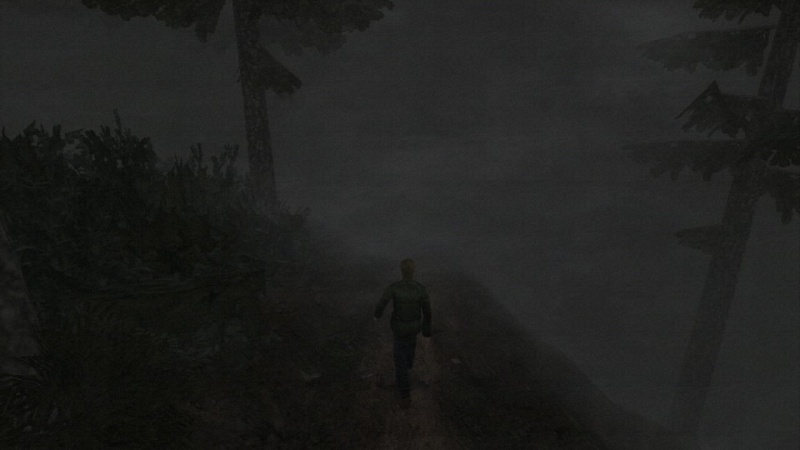
In an interview with a source who worked on the Silent Hill HD Collection, Rely on Horror got to the bottom of what went wrong during development. As is often the case with Konami, it comes down to more than just rushed development or tight budgets. Unfinished assets, canceled bug patches, unreasonable timelines, and more harmed the development of Silent Hill HD and helped Konami put one more nail in the franchise’s coffin. It all starts with developer Hijinx Studios.
Q: How did the conversation regarding the SH HD Collection first get started?
Anon: From what I remember, Konami wanted to join into the trend of HD Remasters that were occurring on PS3 and Xbox 360 at the time. It’s possible Sony or MS even approached them about it, as Silent Hill was a key franchise owned by Konami US, to go along with Metal Gear from Konami Japan, and so on. It seemed like a no-brainer, since MG and SH were popular franchises from the 32-bit era onward. Just preserve them for the next generation consoles.
Q: What exactly did everyone have to work with in terms of source code and final assets?
Anon: Once the project kicked off, Konami provided the source assets that had been archived after the original release on PlayStation 2. These were the only assets available, and as far as we knew going in, the completed final code. However after digging into the code and assets, it was obvious these were not final. Whoever archived it must have done it before final submission, or worked with incomplete data, nobody really knows by virtue of it being so long ago. Needless to say, there were many unfinished elements.
Q: Is this why Silent Hill 4 wasn’t included? Was it also missing source code?
Anon: I’m not sure of the state of SH4’s source code. As far as I know, the plan was always to only port SH2 and 3, being the most popular entries in the franchise. It’s also possible there might have been a budget consideration in doing 2 games instead of 3.
The most infamous aspect of the Silent Hill HD Collection is the botched source code that was used by Hijinx Studios for Silent Hill 2 and 3. With Konami eager to cash in on a budding trend, they handed the inexperienced developer unfinished code with the expectation of a fully polished HD version on a strict budget and deadline.
Our source states that Hijinx was chosen because “The management for both companies had worked together before Konami, so there was a long relationship there.” Hijinx Studios as a developer had worked previously with Konami on a slew of games based on the Glee license, as well as a downloadable entry in the Vandal Hearts series. They had experience making games to be sure, but they were not experienced in HD remasters like Iron Galaxy or Bluepoint; they had no expertise in revitalizing old games for modern systems, let alone rebuilding games from unfinished code.
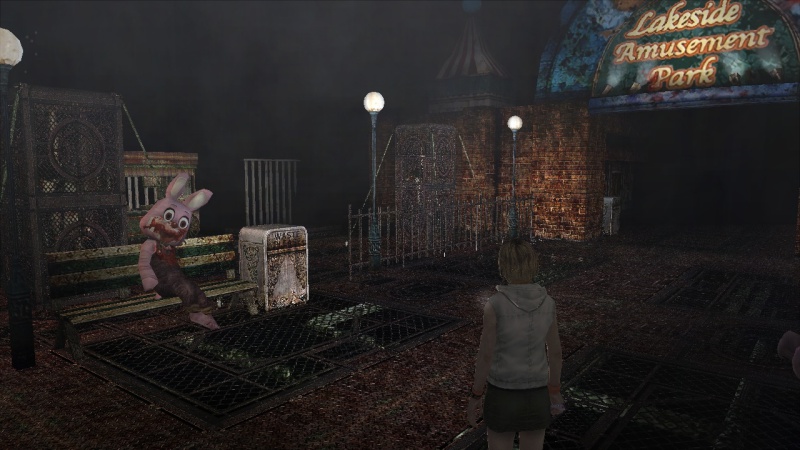
That’s not to say they didn’t try their best. One of the biggest points of fan contention surrounding the HD Collection is that it should have been handed to more experienced developers. While that’s probably true, Hijinx Studios put in an incredible amount of effort to resurrect Silent Hill 2 and 3 as the fans knew them. Our source details the laborious process that went into the HD Collection‘s texture work, saying that “when a texture was found to be missing, it would need to be recreated by their artists.” Aside from the hard work of recreating lost textures from the ground up, “Hijinx also wanted the soundtrack to be presented in surround…so the audio team remastered every song with that in mind.” It’s clear that, despite their inexperience, Hijinx Studios did their best. But the deck was stacked against them from the offset.
Q: In your experience, was the budget and dev time unideal from the onset?
Anon: Oh definitely. I imagine Konami management saw this as a very quick and painless way to make some money while HD Remasters were popular. It was meant to be one of the first third party collections (Sony had done several early on) but ended up taking much longer. The intended schedule was a few months, but by the end we spent more than a year on the project.
Q: This project received less time and resources than the Metal Gear Solid HD Collection, right?
Anon: Well, MGSHDC came out first so I’m not sure about the time, but almost certainly regarding resources. I don’t imagine BluePoint had the level of trouble we did with SH, and Kojima Productions still existed as an entity if they needed to ask questions or ran into any difficulties. Obviously that wasn’t an option for us.
The Metal Gear Solid franchise has always been one of Konami’s biggest cash cows. Before Hideo Kojima’s departure from the company, Kojima Productions directly oversaw all Metal Gear-related projects, giving the series a sense of authorship that was lacking from properties like Silent Hill and Castlevania. If Metal Gear Solid games were getting an HD facelift, they would shell out the cash necessary to make Kojima happy, or Kojima would take measures to ensure the project was up to the standards of Kojima Productions.
Once upon a time, Team Silent would have been the go-to for any kind of authorship of the Silent Hill series. But after Silent Hill 4, the production team was no more, and the series direction was left at Konami’s behest. In retrospect, Konami should have given the project to a more established developer as soon as they were told about the incomplete code. Had they been interested in anything more than what our source called “a very quick and painless way to make some money,” they might have done just that. When asked if Konami had reached out to more experienced port developers like BluePoint, our source says that “this was really seen as a quick/inexpensive opportunity and I don’t know what BluePoint charged for other collections, but their process was very in-depth. So I have to imagine Hijinx made a lot more sense for Konami on this particular collection.”
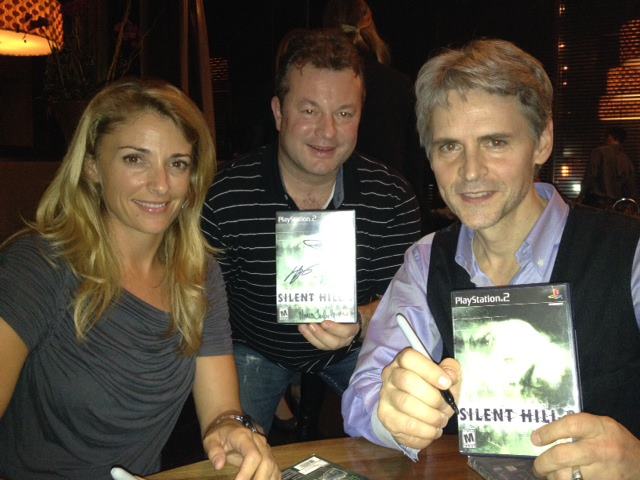
Q: Did the negotiations between the original cast for SH2 affect development in any way?
Anon: That all happened separate from the development of the game. Early on Konami decided it would feature new voices, then closer to release this changed so that one of the games would also have original voices. As far as the HDC is concerned, it’s just which files to play at what time. The original voice mode required it to know which SET of voices to look at, but it’s essentially the same. There wasn’t a lot that could be done to update/change the cutscenes. Early on Konami sent over a script file with slightly altered timecodes because a lot of the dialogue is played off-synch from the lip animations.
Unfortunately that’s not an adjustment Hijinx could make without a great deal of risk to the existing code. So all voice files play just as they did originally (even the newly recorded voices).
The same is true of the subtitles, which were all hard-coded. So if an actor misread a line or it changed at all in recording, it wouldn’t match with the subtitles from the original game. Our hands were pretty tied technologically, so any politics with actors were kind of beside the point.
Q: Are you aware of the details regarding the new contracts written and whether they’re written to ensure the performances could be used again in the future?
Anon:I’m fairly sure they were reissued standard voice contracts, which specify that Konami owns all performances without additional compensation.
Konami has a history of alienating their voice actors in various ways, including keeping them out of the loop of a games’ progress and sales. In a 2010 interview with now-defund site The Gaming Liberty, James Sunderland voice actor Guy Cihi insisted that Konami management went to great lengths to avoid paying residuals for his performance. During the filming of Silent Hill 2‘s Making-of video, he says “…the ‘suits’ at Konami… blacked out my face in the making of video because they wanted to avoid paying residual compensation for my performance.” During the same interview, Cihi says wasn’t notified about what the filming was for until the video had already come out, and that Konami never even informed him the game had gone platinum.
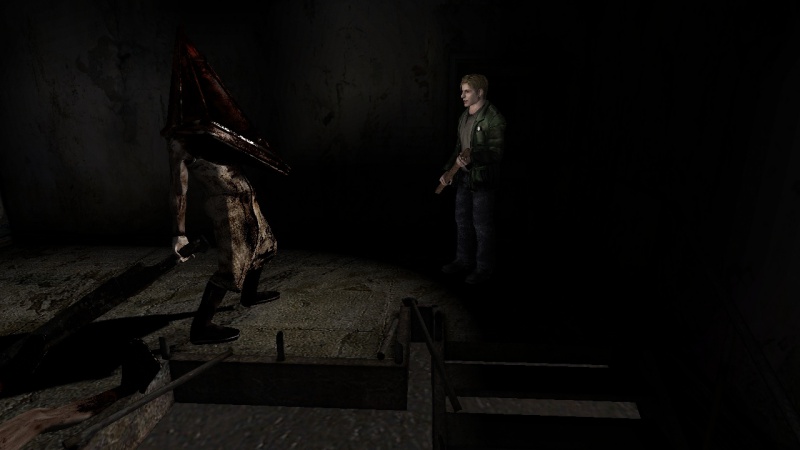
During development of the Silent Hill HD Collection, Cihi refused to give his blessing to use his voice performance until Konami paid what he felt was owed. In the same interview, Cihi claimed “Konami knows that they owe me residuals for all previous unauthorized re-uses of my mocap and vocal performances. It would appear Konami is seeking to avoid further liability by changing the voice in their latest re-use of the SH2 materials.”
In a later The Gaming Liberty interview with Troy Baker, who was cast to record Silent Hill 2 HD‘s James Sunderland voice work, Baker insisted that Cihi was in the wrong for demanding residuals. Baker explained that “he wanted residuals, he wanted non-existent money that he felt that he was owed.” Baker even went so far as to say that “Konami has no fault in this whatsoever.” Baker later elaborated on the issue in a Rely On Horror interview, saying that he had attempted to reach out to Cihi to help resolve the issue and that Cihi never responded. While Cihi claimed that he was owed money for his performance, Baker attests that, based on his experience working for Konami, that is likely not the case. Baker references the copious amount of documentation that comes with working for the company, saying that “While the gaming industry was very different ten years ago, business wasn’t that different ten years ago…you don’t own the rights to anything that you do. You sign over your rights to them. It’s their property.”
While the issue was eventually resolved, Cihi holding his performance hostage resulted in yet another bump in the road along the HD Collection‘s troubled development.
Q: Fan-oriented complaints aside regarding faithfulness, why was the game shipped in the state that it was — buggy, inconsistently performing, full of crashes?
Anon: Since the game had gone so long past its original schedule, it just had to come out or be canceled. Everyone knew how important an HD Silent Hill would be to fans, so we decided to clean it up as best as we could and release it, rather than canceling the project. It was decided to release it in the same window as Downpour and the Vita game, so Hijinx fixed as many issues as they could in the remaining time and it was able to release by the deadline.
Q: Was the game at any point submitted for a full preview or test for faithfulness from either Hijinx or Konami staff to ensure it met fan expectations?
Anon: Konami invited some fans to come in and test the games in their offices, but the code at that point wasn’t very clean and it was still full of bugs, so it wasn’t very useful for its intended purpose [Editor’s note: Those fans were RoH EIC CJ Melendez and Silent Hill Historical Society owner Whitney Chavis]. That’s the unfortunately reality of game development, things are pretty messy until the very final moments. Since the game was over schedule, it was hard to predict what the state of the game would be.
And of course Konami QA was testing the product, but that’s more of a technical issues check, rather than anything like brand loyalty or fan expectations.
After handing incomplete builds of two games to a developer inexperienced in making HD remasters, development of the collection ran understandably over schedule. Konami had also insisted that new voices be recorded for Silent Hill 2 and 3, a choice that many fans still decry.
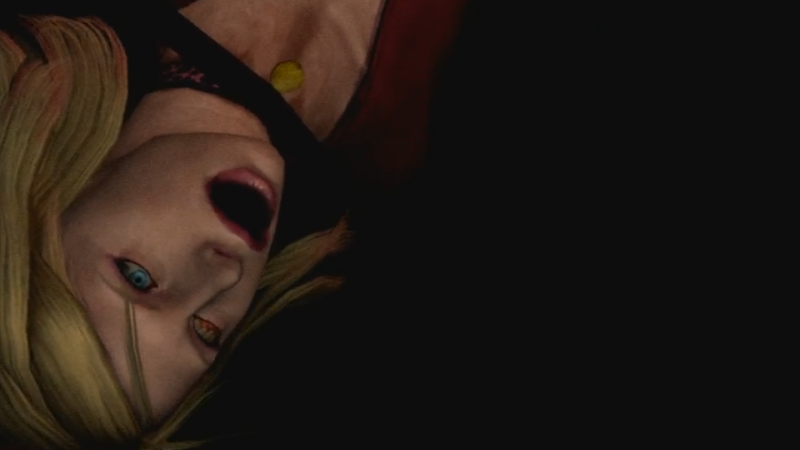
It’s unsurprising that the result, even after so long in development, was a buggy port full of crashes, framerate issues, and audio glitches. But Konami didn’t care. When project ran over budget and past schedule, Hijinx Studios was instructed to clean it up as much as possible for launch in April 2012, alongside Silent Hill Downpour and Book of Memories.
There’s a lot to unpack with this decision. Silent Hill HD began as one of many Konami cash-grabs based on popular trends (like licensed pachinko and the recent Metal Gear Survive). It slid off the rails quickly, and even after Konami itself had run QA on the buggy remasters, they decided it was acceptable to put out. They didn’t need the games to be good; they just needed them to run.
Fans immediately noticed the myriad issues with the HD Collection. After a quick patch that fixed a few issues, a larger patch was announced for both the PS3 and Xbox 360 versions, though the Xbox 360 patch was later canceled. According to our source “It’s reasonable to think Konami didn’t want to incur more charges, so they focused additional patches on PS3 rather than Xbox.” The PS3 patch eventually made it out but failed to fix many of the game’s larger issues. Hijinx Studios shut down soon after.
Despite being rushed to release alongside Downpour and Book of Memories for Konami’s ill-conceived Month of Madness, the HD Collection wasn’t the only game that suffered. Silent Hill: Downpour was full of technical issues and glitches that harmed its critical reception, and Book of Memories didn’t even launch until October, a full six months later.
Q: In your opinion, what did the project need for it to have been a completely faithful and solid remaster of these two classic games?
Anon: I think what most people expect of an HD Remaster – the games should play the same with the same content, but be prettier to look at and supported on modern platforms. The length of that remaster is a subjective thing – how far does “updated art” go before it’s too different, or maybe not enough is done and it still looks dated. But I think as long as the experience itself is the same, and it doesn’t seem like a different level, or story, or gameplay, that’s a good target to aim for.
Q: Why hasn’t Konami simply re-released the existing games as is via digital stores (either PSN or Steam via GoG)?
Anon: I can’t pretend to know. Konami is a very big company with a lot of moving pieces in different territories. I don’t know if it’s been proposed before, or if there are some sort of legal issues. If they did release them digitally, they’d have to be literal rereleases (ie. Not a Switch version) because as we covered, the final code is missing. Any ports/remakes would face the same issues we did on HD Collection.
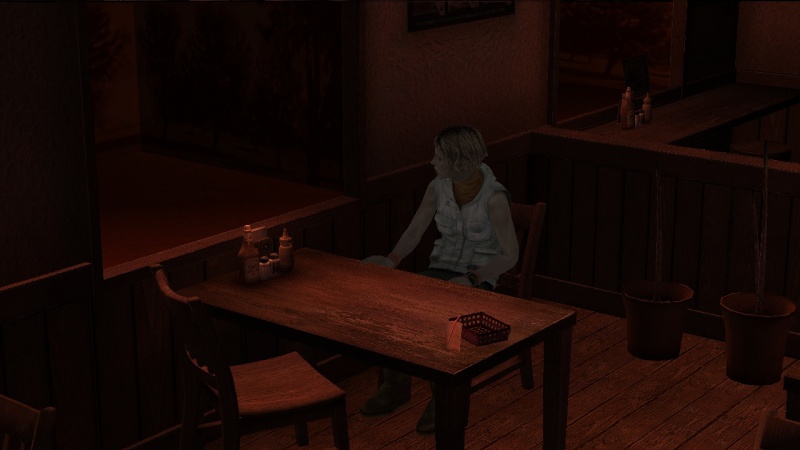
It’s hard to imagine why anyone would think releasing three games in the same series during the same month would be a good idea. Our source attributes the idea to “a Konami Marketing decision.” They say that due to their extended development times for Downpour and HD Collection, Konami might have feared “interest in the products was waning for consumers.”
Then again, Konami’s treatment of the entire Silent Hill legacy has been a series of questionable choices. The mourning fans of Castlevania and Metal Gear have found disdain for Konami in the last few years, coming to see the company as money-hungry and willing to sell out any of their beloved franchises for a quick buck. Longtime Silent Hill fans have known this side of Konami for much longer.
The development of the Silent Hill HD Collection is a small piece to a larger puzzle, but it remains a snapshot of where Konami went wrong with the franchise, and all the small choices made along the way that could have changed everything. What would the Silent Hill franchise look like today if a more experienced developer had been chosen after learning about the incomplete source code? If Downpour and the HD Collection hadn’t both been rushed to a ridiculous deadline, how might the franchise be different? Hell, we could have seen Vatra get another stab at the franchise. We will never know.
With Konami being as incorrigible as it is, it’s somewhat surprising they haven’t simply dumped the faulty HD Collection and other games in the series on modern consoles to make just a little bit more money. But that’s how little they think about Silent Hill. Aside from shoving beloved characters into a pachinko machine, they want no responsibility for the artistic legacy of one of gaming’s most influential series. Who knows, maybe they will decide to resurrect the franchise for the next big cash-in fad. Silent Hill Battle Royale Mobile? Sure, if it sells. If the saga of the Silent Hill HD Collection and the ensuing Month of Madness tells us anything, it’s that Konami only cares about the bottom line.

 Bad_Durandal
Bad_Durandal